The human foot is a complex structure, composed of 26 bones, 33 joints and over 100 muscles. It’s also one of the most complicated parts of the body to understand and treat because it’s so important for all sorts of movements, including walking, running and jumping. Because it bears your entire weight on just two points (the heel bone) there are many things that can go wrong with this system. Flatfeet – which is known medically as pes planus or fallen arches – is one such condition.
Flat feet can occur because they have little arch support from any sort of footwear, but more often than not flatfeet are congenital defects in how the foot has developed during pregnancy. If you were born with flat feet then you don’t need to worry too much about them, because in most cases they don’t cause any pain. But if you develop flatfeet later on in life then it could indicate a problem with your health and need medical treatment.
This article is part of our foot pain series. If you would like to learn more about other foot conditions, please make sure to check out our blog page.
The types of flat feet
We differentiate between 4 different types of flatfoot. These are:
- Rigid flat feet. When standing or sitting, a person with rigid flat feet has no arches (using weight on the feet). This problem usually appears during puberty and worsens with age. Your feet might be sore. It may be tough to bend the toes up or down, side-to-side movements are difficult. One foot or both can be affected by rigid flat feet.
- Flexible flat feet. The most prevalent type of flat feet is flexible. When you aren’t standing, the arches in your feet can be seen. When you put weight on your feet, the arches go away. Flexible flatfoot affects both feet and tends to get worse with time. Tendons and ligaments in the arches of the feet may stretch and swell.
- Fallen arches. The arch of a person’s foot drops or collapses after he or she becomes an adult. The fallen arch causes the foot to turn outward and is uncomfortable. Inflammation or a tear in the back of the leg tendon (posterior tibial tendon) that supports the arch are the most typical reasons.
- Vertical talus. Vertical talus, a birth defect (congenital disability), prevents the formation of arches in some babies. The ankle’s talus bone is in the wrong position. The foot resembles a rocking chair bottom. Rocker-bottom foot is another name for vertical talus.
Symptoms
The majority of people with flatfeet have no indications or symptoms. Some individuals with flatfeet experience pain in their feet, particularly in the heel or arch region. Activity may contribute to discomfort. Swelling within the ankle can also occur.
Causes
Infants and toddlers have a flat foot because the arch on their feet has not yet formed. The majority of people’s arches develop throughout childhood, although some individuals never develop arches. This is a typical variation in foot form, and those who don’t have arches may or may not be afflicted.
In some instances, a flexible flatfoot is visible when the child is sitting or standing on tiptoes, but vanishes when he or she stands. Most children outgrow flexible flatfoot without difficulty.
Arches can also fall with time. The tendon that runs along the inside of your ankle and helps support your arch may deteriorate over time.
Diagnosis
Your doctor will observe your feet from the front and back while you stand on your toes to examine their structure. He or she might also inspect the wear pattern on your shoes.
Your doctor may request tests such as X-rays or an MRI to determine whether you have a fracture in your toes or feet.
Treatment and Therapy
If you don’t experience any pain or discomfort, you don’t need any treatment or therapy. But when the pain is severe, the following therapies may help:
- Stretching. A shortened Achilles tendon is also common in those who have flatfeet. Stretching this tendon may be good for pain relief.
- Arch supports. Over-the-counter arch supports might help alleviate the discomfort associated with flatfeet. Custom-designed arch supports, which are molded to the shapes of your feet, might be advised by your doctor. Arch supports aren’t meant to cure flatfeet; rather, they typically minimize symptoms.
- Physical therapy. Some runners suffering from overuse injuries may have flatfeet. A physical therapist can perform a video analysis of your running to help you enhance your technique and form.
- Shoes with support. A shoe that is structurally stable might be more pleasant than sandals or low-support shoes.
- Compression socks/sleeves. Compression socks might help to reduce swelling.
What you can do at home
If you only have minor symptoms or pain you can try the following home remedies:
- Rest. Avoid activities that make your condition worse. Instead of engaging in high-impact sports like as jumping and running, participate in low-impact exercises such on as walking, biking, or swimming.
- Stretching. Stretching your Achilles tendon can help reduce tightness and discomfort.
- Arch Supports. You can buy inserts for your shoes at many retail stores. Or have a look at our store here at BaronActive.
- Shoe Inserts. You can buy excellent shoe inserts at pharmacies, drug stores or here at BaronActive.
- Chiropractic Care. Chiropractors are also well versed in feet issues and will be able to recommend regular treatments.
- Night Splint. Just as a splint is used to immobilize a broken bone, a night splint keeps your foot in an elevated position that will encourage the arch to form.
- Brace or Cast. You may want to try wearing a specific brace that relieves pain.
- Medications. Over-the-counter pain relievers may help ease the discomfort. Your doctor might also prescribe anti-inflammatories.
- Weight loss. Losing weight is a good way to reduce stress on your feet.
Risk Factors
Flat feet might be hereditary. Arches develop in the feet as a child matures. Some people have strong arches while others have practically no or almost non-existent arches, resulting in flat feet.
Flat feet can also develop over time. Later in life, some individuals acquire flat feet. The condition is sometimes hereditary. Certain difficulties also raise your risk of developing flat feet, including:
- Broken bones
- Diabetes
- Injuries of the Achilles tendon
- Down syndrome
- High blood pressure
- Obesity
- Pregnancy
- Arthritis
- Cerebral palsy
What can happen if flat feet are left untreated?
Most people don’t have any discomforts or pain in their feet and if they do, nonsurgical treatments usually relieve the pain. However, if flat feet are not treated you are at risk of developing other problems and confusions such as:
- Arthritis
- Heel Spurs / Bone Spurs
- Corns and Calluses
- Bunions (Hallux Valgus)
- Back pain
- Hip pain
- knee pain
- Shin splints
Takeaways
It’s usually not clear what causes flat feet, but your risk of developing them increases if you have other members in your family with the problem.
People who have flat feet should avoid high-impact activities such as running and jumping to reduce the risk of injury. People who participate in these types of activities may want to consider getting orthotics or custom-made shoes with built-in arch supports.
If you are suffering from pain related to flat feet, your options include over-the-counter inserts, stretching exercises, physical therapy, chiropractic care and prescription medications. Removing the pressure off of your feet by losing weight can also ease the discomfort. You should always consult with a medical professional before you begin any new treatment.
I hope you found this post helpful! If so, please leave a comment below with your story, tips for other readers and any opinions you have.





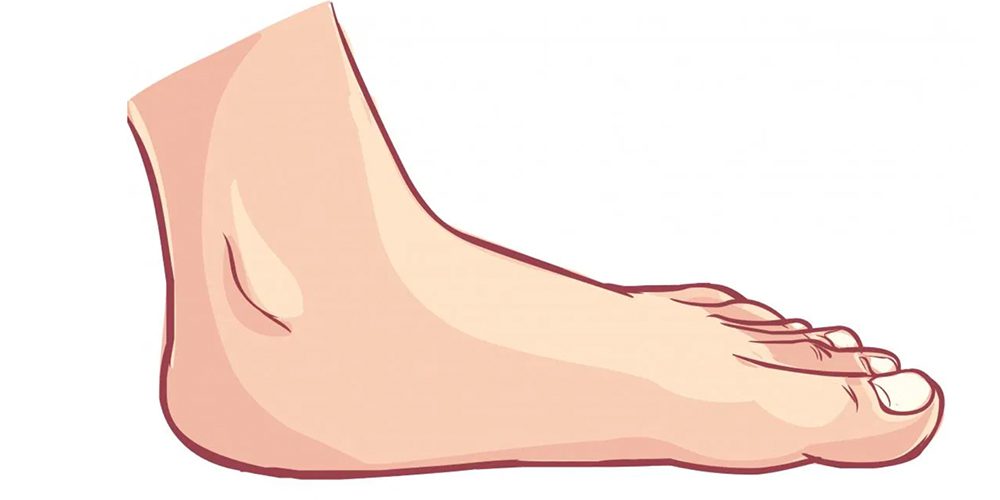




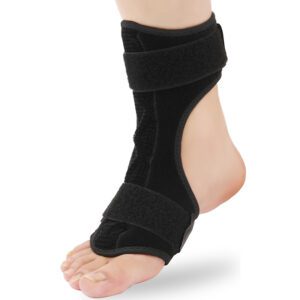
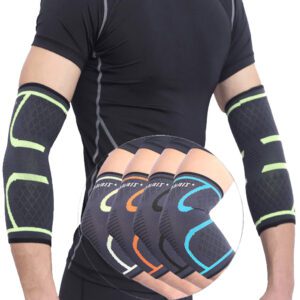
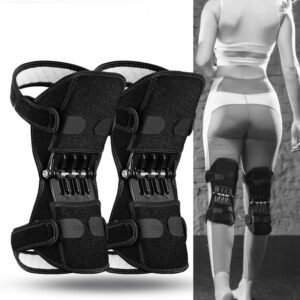

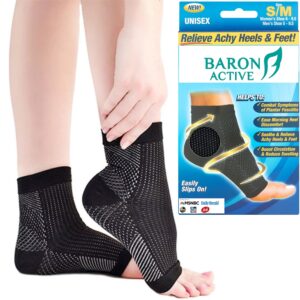
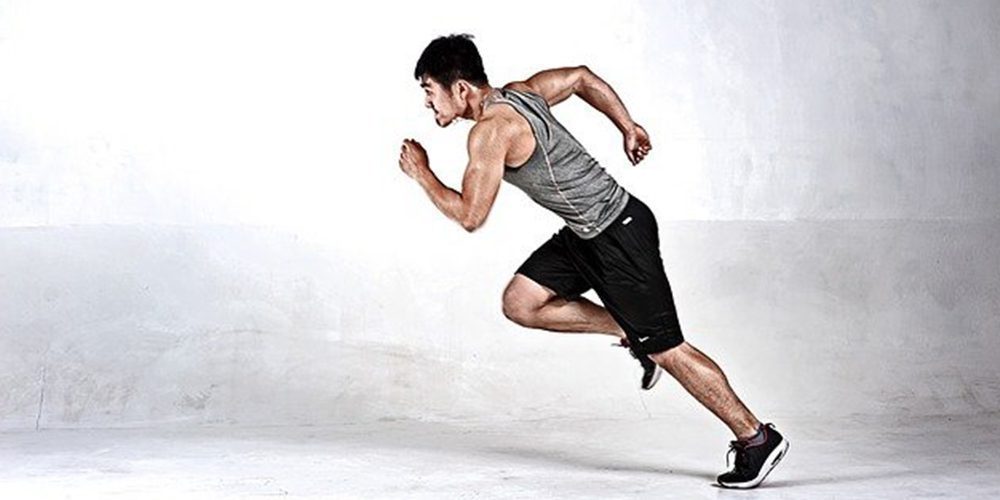
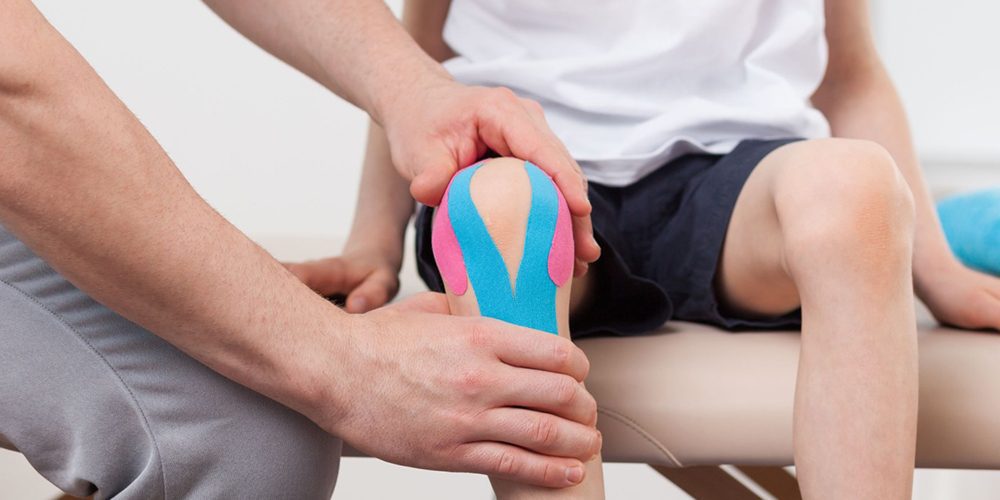
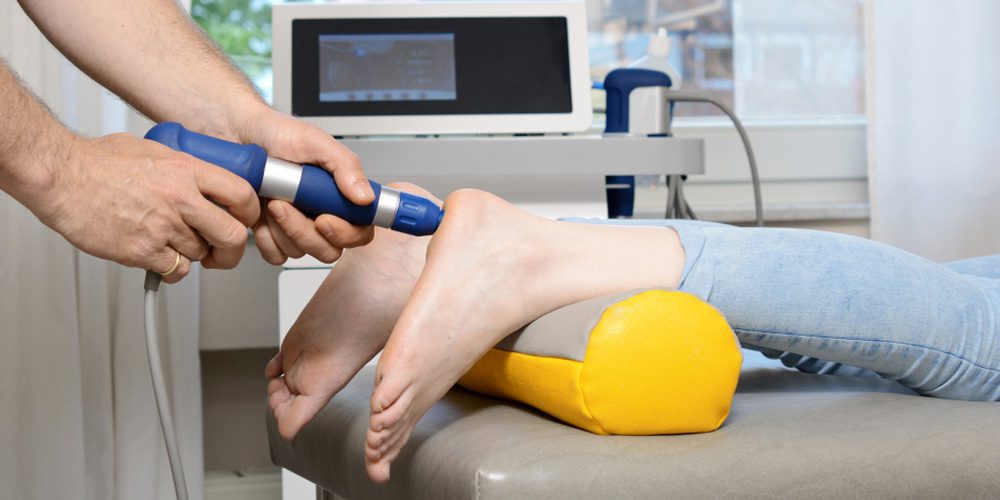


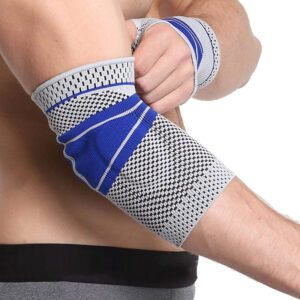

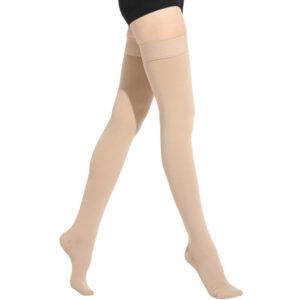
2 Responses
Your blog is a haven for those of us with flat feet. Your uplifting words and practical tips have transformed the way I approach my condition. Grateful for your guidance and positive energy!
I was diagnosed with flat feet by my podiatrist. Told me to get arch support shoes or inserts. My foot size went from size 9 to 11 l/2!!!! Had to buy all new shoes and gave my size 9 shoes to charity – some were brand new. Take care of your feet!